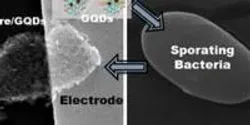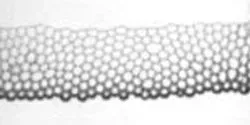Physics

Collective, fast diffusion observed by Ames Laboratory team could represent a new way to grow perfect, tiny metal nanostructures.

Earlier on April 5, the world’s most powerful particle accelerator began its second act. After two years of upgrades and repairs, proton beams once again circulated around the Large Hadron Collider, located at the CERN laboratory near Geneva, Switzerland.

The National Science Foundation has awarded the North American Nanohertz Observatory for Gravitational Waves $14.5 million over a five-year period to create and operate a Physics Frontiers Center aimed at using radio timing observations of pulsars with the Green Bank Telescope and Arecibo Observatory to detect and study low-frequency gravitational waves.

The newest particle accelerators and those of the future will be built with superconducting radio-frequency (SRF) cavities, and institutions around the world are working hard to develop this technology. Fermilab's advanced superconducting test accelerator was built to take advantage of SRF technology accelerator research and development.

Astronomers using observations from NASA's Hubble Space Telescope and Chandra X-ray Observatory have found that dark matter does not slow down when colliding with each other. This means that it interacts with itself even less than previously thought. Researchers say this finding narrows down the options for what this mysterious substance might be.
















